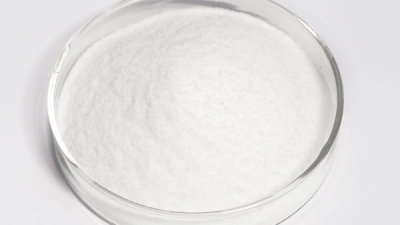10 Reasons Why High Impact Polymer is the Future of Durable Materials
Table of Contents
- Advantages of High Impact Polymers Over Traditional Materials in Tough Applications
- The Growing Demand for Lightweight Solutions in Aerospace and Automotive Industries
- Sustainability Trends: The Role of High Impact Polymers in Reducing Environmental Impact
- Economic Benefits: Cost-Effectiveness of High Impact Polymers in Manufacturing Processes
- Innovative Applications: How High Impact Polymers Are Reshaping Consumer Products and Electronics
- Industry Projections: Market Growth and Future Developments in High Impact Polymer Technology
- Unlocking the Power of Nonionic Polyacrylamide: Benefits, Applications, and Best Practices for Use
- FAQS
- Conclusion
- Related Posts
You know, as industries push for stronger, more durable materials, High Impact Polymer is really making waves — it’s like a game-changer in the world of tough, reliable stuff. According to a recent report by Grand View Research, the global market for high-performance polymers is expected to hit around $36 billion by 2025. That growth is mostly thanks to tech advancements and how these materials are now being used in all kinds of sectors, from cars and electronics to construction. At Qingdao Oubo Chemical Co., Ltd, which has been around since 2011, we focus on creating advanced chemical solutions — things like cationic, anionic, and nonionic polyacrylamide — that work really well alongside High Impact Polymer in different applications. In this article, I’m going to share ten pretty compelling reasons why High Impact Polymer is poised to become a leader in durable materials. We’ll dive into what makes it so special, how versatile it is, and why it’s playing a key part in developing innovative products that hold up under today’s tough demands.
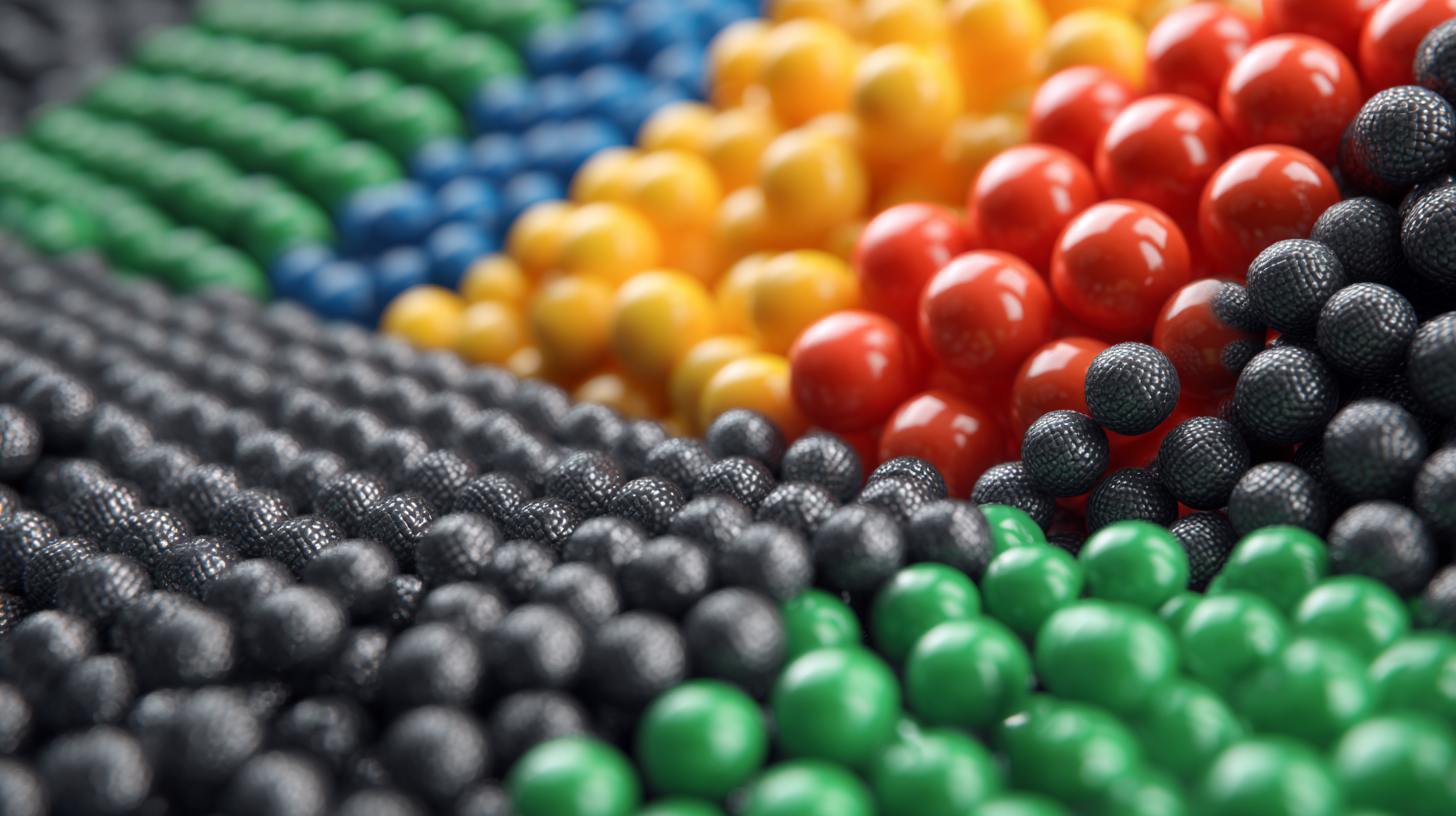
Advantages of High Impact Polymers Over Traditional Materials in Tough Applications
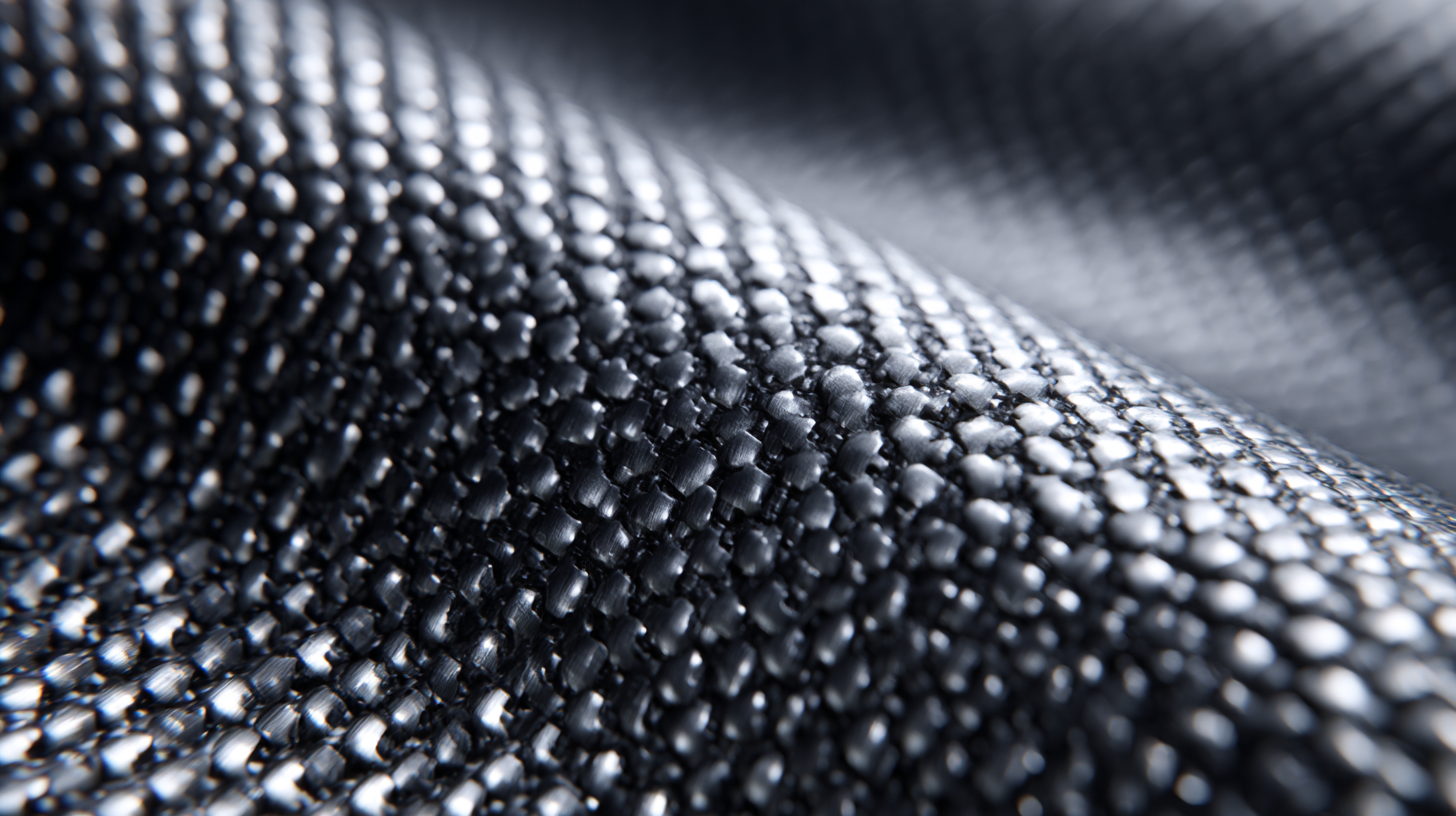 High impact polymers are really starting to stand out as a top choice for tough applications. They’re packed with properties that actually beat out traditional materials like metals and glass in many cases. One of the coolest things about them is their impressive ability to absorb energy—pretty much making them perfect for situations where impact resistance really matters. Plus, they’re lightweight but still super durable, which means you can cut down on manufacturing and shipping costs without sacrificing quality. And don’t forget their resistance to corrosion—means they last longer even in harsh environments, so they’re pretty reliable for demanding jobs.
High impact polymers are really starting to stand out as a top choice for tough applications. They’re packed with properties that actually beat out traditional materials like metals and glass in many cases. One of the coolest things about them is their impressive ability to absorb energy—pretty much making them perfect for situations where impact resistance really matters. Plus, they’re lightweight but still super durable, which means you can cut down on manufacturing and shipping costs without sacrificing quality. And don’t forget their resistance to corrosion—means they last longer even in harsh environments, so they’re pretty reliable for demanding jobs.
If you’re trying to pick the right material for your next project, you’ve got to think about what your specific needs are. Here’s a little tip: go for high impact polymers when your components need to be strong but also flexible. That combo opens up options for cool, innovative designs that can handle shocks without breaking or losing their shape. Another thing I should mention is how easy it is to work with these polymers—making complex shapes or custom designs isn’t a problem, and it can really help with streamlining production.
Oh, and one more thing—they tend to handle temperature changes pretty well. High impact polymers keep their properties across a range of temperatures, so they’re versatile for all kinds of industries. Here’s a tip: do some thorough testing first to see how they perform in your specific environment. That way, you’re making the smartest choice for both durability and efficiency in the long run.
The Growing Demand for Lightweight Solutions in Aerospace and Automotive Industries
You know, the aerospace and automotive worlds are changing so fast these days. Everyone's trying to find lightweight materials that can boost fuel efficiency and overall performance. High impact polymers are really catching on as a great option because they offer an impressive strength-to-weight ratio and durability—stuff that these industries really need. What’s cool is that they can handle extreme conditions but still stay lightweight, which helps manufacturers build vehicles that are not just faster but also better for the environment.
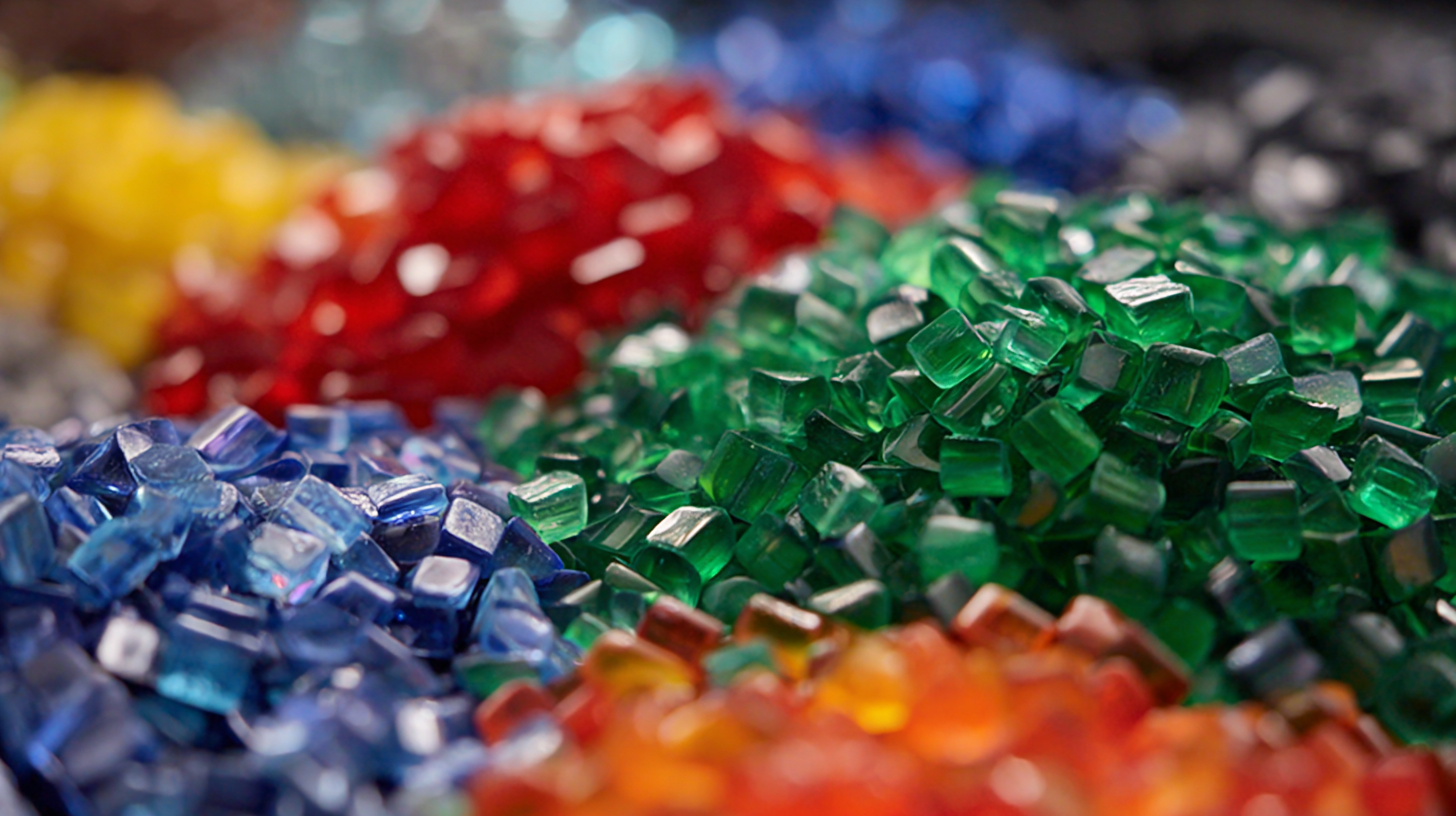
When you're looking into high impact polymers, it’s really important to think about what specific properties you need for your project. A good tip? Go for materials that resist impact like a champ but still stay flexible. And don’t forget about thermal and chemical resistance—they’re key for ensuring these materials last in tough conditions, especially in aerospace and auto industries.
Oh, and another thing — ease of manufacturing matters too. These polymers can often be molded into pretty complex shapes, opening up all kinds of possibilities for innovative design ideas. That flexibility doesn’t just save time and money during production; it also helps cut down on weight—huge for industries trying to squeeze out every bit of efficiency. If companies start investing in these materials now, they'll really be setting themselves up to lead the way in tech and future innovations.
Sustainability Trends: The Role of High Impact Polymers in Reducing Environmental Impact
High-impact polymers are really starting to stand out as key players in the push for sustainability. They're playing such an important role in helping reduce environmental impacts across different industries. I came across this report from Smithers Pira, and it’s pretty exciting — it predicts that the global market for bioplastics, including these high-impact polymers, is set to hit around 2.3 million tons by 2024. That’s a clear sign that we’re moving toward materials that are way more eco-friendly. These polymers don’t just help cut down waste; they also support a circular economy by making recycling easier and reducing the amount of waste we produce. Plus, because they’re so durable, products made from them tend to last longer, which means less frequent replacements and, ultimately, lower resource use over time.
As companies are looking to align more with sustainable practices, jumping on the high-impact polymer bandwagon can really pay off. I read a study from Grand View Research that explained how the durability of these materials can actually extend a product’s life by up to 50%. That’s huge — it cuts down on resource and energy demands significantly.
**Pro tip:** When you’re picking materials for your projects, go for high-impact polymers that are easy to recycle and don’t take too much energy to produce. Also, teaming up with suppliers who are just as committed to sustainability can spark some awesome innovation in material science. Basically, these strategies can help you develop products that are better for the environment — win-win, right?
10 Reasons Why High Impact Polymer is the Future of Durable Materials - Sustainability Trends: The Role of High Impact Polymers in Reducing Environmental Impact
| Aspect | High Impact Polymers | Traditional Materials |
|---|---|---|
| Durability | High resistance to impacts and stress | Susceptible to cracking and breaking |
| Weight | Lightweight, enhancing efficiency | Heavier, leading to higher transportation costs |
| Environmental Impact | Recyclable and lower carbon footprint | Difficult to recycle, higher environmental cost |
| Customization | Easily moldable for various applications | Limited design flexibility |
| Cost Efficiency | Lower lifecycle costs due to durability | Higher maintenance and replacement costs |
| Chemical Resistance | Excellent resistance to chemicals | May degrade with exposure to chemicals |
| Aesthetic Flexibility | Available in various colors and finishes | Limited aesthetic options |
| Thermal Stability | Good thermal resistance | May warp under high temperatures |
| Safety | Low shatter risk; safer in use | Higher risk of breakage |
| Application Versatility | Used in diverse industries and products | More specialized applications |
Economic Benefits: Cost-Effectiveness of High Impact Polymers in Manufacturing Processes
High impact polymers are really starting to gain attention, especially because they’re such a cost-effective alternative in manufacturing. I mean, one of the best things about them is how lightweight they are — that alone helps cut down on transportation costs and makes handling so much easier during production. It’s a real win because it can save manufacturers a ton on both labor and logistics. Honestly, that’s why so many are considering high impact polymers if they want to streamline their operations and save some bucks.
Plus, these materials are pretty tough and durable, so they can handle rough conditions without losing performance. That means you don’t have to replace them as often, which adds up to big savings over time. They’re also super versatile — you see them in everything from car parts to everyday consumer products — so companies can be pretty creative with how they use them, and not worry about breaking the bank. As industries keep looking for smarter, more sustainable options, high impact polymers really stand out as a smart choice — blending good quality with financial sense, you know?
Cost-Effectiveness of High Impact Polymers in Manufacturing Processes
This chart demonstrates the cost savings and performance advantages of High Impact Polymers compared to traditional materials in various manufacturing processes. The data highlights both the economic benefits and the increasing efficiency results that these materials provide over time.
Innovative Applications: How High Impact Polymers Are Reshaping Consumer Products and Electronics
High impact polymers are really changing the game when it comes to consumer products and tech gadgets. Thanks to their incredible durability and flexibility, they're becoming a go-to material. These days, folks want products that not only work well but can also handle a bit of rough treatment — and these polymers are definitely living up to that. Just think about modern smartphones: many now use high impact plastics in their cases, giving them that tough shield against accidental drops and scratches, all while keeping the device lightweight. That combo of being sturdy but light? It’s a total win, especially for people who care about style and functionality in their gadgets.
And it doesn’t stop there. The cool thing is, the applications of these high impact polymers are expanding into all sorts of products beyond electronics. From outdoor sports gear to everyday household items, they're really changing how things are made. Because these materials can withstand tough conditions, they’re perfect for products that get a lot of outdoor use — meaning they last longer and you don’t have to replace them as often. As manufacturers keep discovering more ways to use high impact polymers, we’re probably gonna see a whole new lineup of durable, stylish, and high-performance products showing up on shelves soon.
Industry Projections: Market Growth and Future Developments in High Impact Polymer Technology
The high impact polymer market is really on the rise,
and it’s expected to hit around $1,095 billion by 2032.
That’s a pretty impressive jump, with a compound annual growth rate of about 4.69%.
This steady growth is basically a reflection of how much demand there is for durable materials
across all sorts of industries, thanks to tech innovations and a big push toward sustainability.
High impact polymers are becoming super important in this shifting landscape because they offer a bunch of properties that suit
today’s manufacturing needs, all while contributing to more eco-friendly practices—kind of a win-win, you know?
Plus, with new tech like blockchain and AI
popping up all the time, they’re really shaking things up by making polymer production and recycling more efficient and
environmentally friendly. The focus isn’t just on market growth anymore; it’s about innovation that tackles environmental issues too.
The goal is to grow the industry but do it in a way that respects our planet. And with the chemical industry looking for smarter,
more resilient practices, the integration of high impact polymers
paints a pretty optimistic picture for the future—where durability and sustainability actually go hand in hand.
It’s an exciting time for this sector, and I think we’ll see some pretty incredible advancements ahead.
Unlocking the Power of Nonionic Polyacrylamide: Benefits, Applications, and Best Practices for Use
Unlocking the Power of Nonionic Polyacrylamide: Benefits, Applications, and Best Practices for Use
Nonionic polyacrylamide (NPAM) stands out in the realm of high polymers due to its impressive molecular weight and low ionic charge, making it a versatile agent in various industries. With its unique flocculation properties, NPAM is less susceptible to fluctuations in pH and salinity, allowing for reliable performance in diverse environmental conditions. According to industry studies, NPAM has been shown to effectively enhance the clarity of wastewater treatment, leading to improved compliance with environmental standards and a reduction in chemical usage.
The applications of nonionic polyacrylamide extend beyond water treatment. Its thickening and bonding capabilities have made it invaluable in the agriculture sector, where it aids in soil stabilization and moisture retention. A report from the American Society of Agricultural and Biological Engineers highlights that incorporating NPAM in soil can reduce erosion by up to 50% while significantly increasing crop yield in areas prone to drought. Moreover, its film-forming characteristics contribute to its efficacy in the production of various products, including cosmetics and food items, where stability and texture are critical.
Best practices for utilizing nonionic polyacrylamide include careful consideration of concentration and environmental factors to maximize its effectiveness. Experts recommend dosage adjustments based on the specific characteristics of the application, ensuring optimal flocculation and minimal negative impact on the ecosystem. By understanding and harnessing the potential of NPAM, industries can unlock its full benefits, contributing to sustainable practices and enhanced product quality.
FAQS
: High impact polymers are lightweight materials with exceptional strength-to-weight ratios and durability. They are essential in aerospace and automotive sectors to enhance fuel efficiency and improve overall performance, allowing manufacturers to create vehicles that are faster and more environmentally friendly.
When selecting high impact polymers, it's important to evaluate properties such as impact resistance, flexibility, thermal and chemical resistance to ensure longevity and reliability, especially in harsh environments.
High impact polymers can be easily molded and shaped into complex designs, streamlining production processes and leading to weight reductions, which are vital for increasing efficiency in manufacturing.
High impact polymers are commonly used in products like smartphones for their casings, providing protection against drops and scratches while keeping the devices lightweight. They are also found in outdoor sporting equipment and various household items.
Consumers benefit from the durability, resilience, and lightweight nature of products made with high impact polymers. These materials ensure better performance and longevity, reducing the need for frequent replacements.
High impact polymers are revolutionizing product design and manufacturing by allowing for innovative engineering solutions that prioritize both durability and aesthetics, catering to consumer demands for both functionality and style.
Conclusion
High Impact Polymer is really starting to catch on as a game-changing material. It offers a bunch of advantages over the older, traditional stuff, especially when you’re talking about really tough applications. One of the biggest perks? It’s super lightweight—something that industries like aerospace and automotive are totally into right now because cutting down on weight can make a big difference in performance and fuel savings. And as people become more conscious about the environment, these polymers are playing a role in cutting down environmental impacts, which is pretty cool and aligns with today’s push for eco-friendly solutions.
On top of that, there are solid economic reasons to go with High Impact Polymers. They’re often more budget-friendly for manufacturers without sacrificing quality or durability. Plus, innovation in this space is really shaking things up—changing how we see consumer goods and electronics, opening the door to some pretty exciting new uses. As demand grows, it’s clear that High Impact Polymer technology has a bright future. It’s got the potential to totally change the game when it comes to durable, versatile materials across different industries. At Qingdao Oubo Chemical Co., Ltd., we’re excited about these advancements and are doing our part to push this innovative field forward.
Related Posts
-

Future Market Insights on Best High Impact Polymer and How to Leverage Opportunities by 2025
-
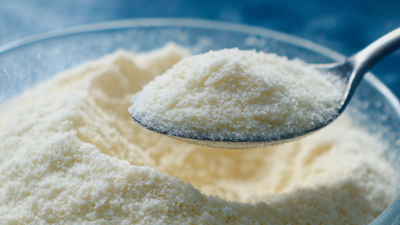
Unlocking the Advantages of Polyacrylamide Complex: A Game Changer for Industry Efficiency
-
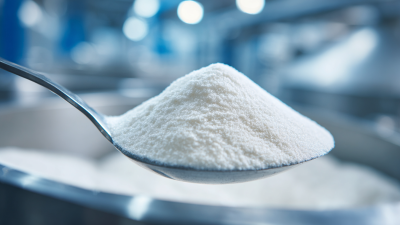
Comparative Analysis of Nonionic Polyacrylamide Versus Other Polymer Options in Industry Applications
-

The Ultimate Checklist for Selecting the Right Mixed Polyacrylamide for Your Business Needs
-

Market Trends and Forecast for Best Polyacrylamide Emulsion by 2025
-

Choosing the Right Manufacturer for Best High Molecular Weight Anionic Polyacrylamide with Industry Insights
Blog Tags:

Sophia
-

Phone
-

E-mail
-

Whatsapp
-

WeChat
Jessy Lin
Paul Zhou:8613356391894 Eric Wong:8615963245439Emily Wu:8617866856171
-

WeChat
Paul Zhou

-

WeChat
Eric Wong

-

WeChat
Emily Wu


